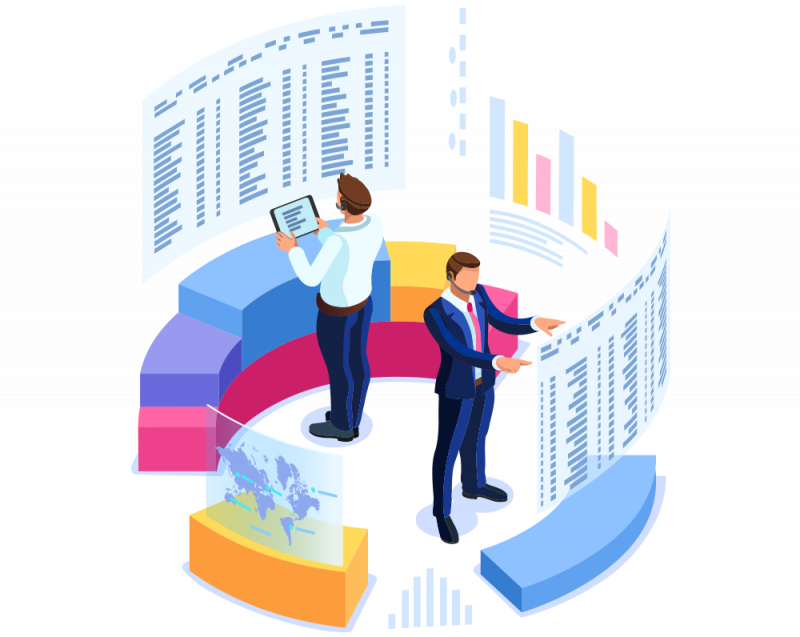ERP Transition – You’ve completed most of the hard work and are ready to launch your ERP system. You’ve planned, designed, and tested every system component and are sure that the moment has come.
Nevertheless, before you take that final step, you should assess if you’re truly ready to make the changeover.
Today’s topic is how to create an erp go-live transition plan. With this advice, you may proceed confidently and increase your chances of long-term ERP success.
Components to include your ERP go-live transition plan
-
Identifying and fixing bugs
The first stage in your transition strategy should be to properly test the ERP system for any issues that may interfere with functionality. The solution should ideally be problem-free by the time it goes live, but this is rarely the case. Concentrate on resolving the major issues that might jeopardize your data and processes.
-
Assuring the testing is complete
Your ERP solution should have passed through many testing stages by the time you’re ready to go live. Consider the quality of each test and the quantity of coverage it gives. This method ensures no unexpected setbacks after your team has adopted the system.
-
Compiling the resources
Numerous stakeholders should be available to pitch in if anything technical or organizational goes awry. Your responsibility is to gather these stakeholders and ask them to be available when making the transfer comes. Having specialists on board may boost morale and put everybody at ease.
-
Ensure complete data migration
Among the most critical phases of an ERP, setup is data migration. When the moment comes to go live with your system, you want the process to be finished. Your enterprise resource planning software may function slowly if your data or files are corrupted or wrong. As a result, the data migration step should be finished as soon as feasible. It may take a bit more effort upfront, but you will save time and money by addressing these issues now instead of later.
-
Managing employee stress
As you end your project’s timetable, keep your personnel motivated, informed, and comforted. Employees are particularly concerned since they will be the ones who utilize the program. Answer them inquiries, assuage their fears, and ensure they are adequately taught.
-
Getting Ready for Production
A fully-prepared production environment has all the required infrastructures and is ready to run at peak efficiency. Before proceeding, ensure that the following tasks are completed: You’ve enabled configurations, added users and triggered all security roles, established integration points, acquired and configured all necessary hardware, Etc.
All in all,
When you initially establish it, your erp software timetable may appear lengthy. However, before you realize it, the go-live date you marked in red on the calendar will be upon you.
While the days leading – up to the change will be filled with anxieties and excitement, you do not need to be concerned. With a solid ERP go-live rollback strategy in order, you can be assured.
If you want support with any aspect of your deployment, our erp consulting firm, Connected IT Consulting is available to assist.
To learn more, get in touch with us instantly.
Business Process Mapping
ERP Project Management
ERP Implementation Services
Small Business ERP



